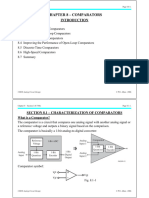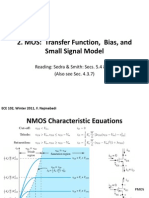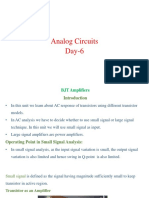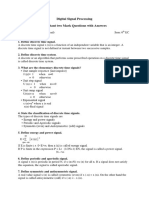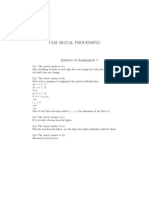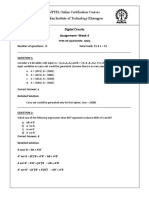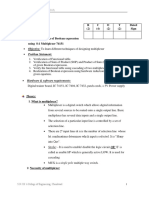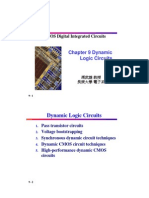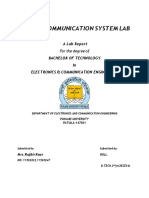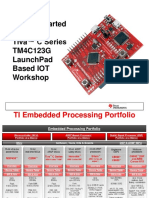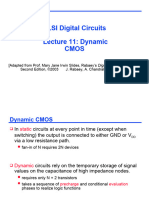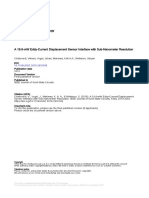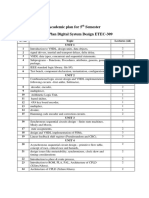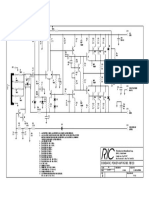100% found this document useful (1 vote)
84 views55 pagesVLSI Design Unit-3 Notes
The document outlines the syllabus and key concepts of VLSI Design Unit-3, focusing on dynamic CMOS design, noise considerations, and various logic circuits including domino and np-CMOS logic. It discusses the operational principles, advantages, and challenges of dynamic logic, such as charge sharing and cascading issues. Additionally, it introduces two-phase non-overlapping clocking and the distinction between combinational and sequential logic circuits.
Uploaded by
Yaro Ke YariCopyright
© © All Rights Reserved
We take content rights seriously. If you suspect this is your content, claim it here.
Available Formats
Download as PDF, TXT or read online on Scribd
100% found this document useful (1 vote)
84 views55 pagesVLSI Design Unit-3 Notes
The document outlines the syllabus and key concepts of VLSI Design Unit-3, focusing on dynamic CMOS design, noise considerations, and various logic circuits including domino and np-CMOS logic. It discusses the operational principles, advantages, and challenges of dynamic logic, such as charge sharing and cascading issues. Additionally, it introduces two-phase non-overlapping clocking and the distinction between combinational and sequential logic circuits.
Uploaded by
Yaro Ke YariCopyright
© © All Rights Reserved
We take content rights seriously. If you suspect this is your content, claim it here.
Available Formats
Download as PDF, TXT or read online on Scribd
/ 55



